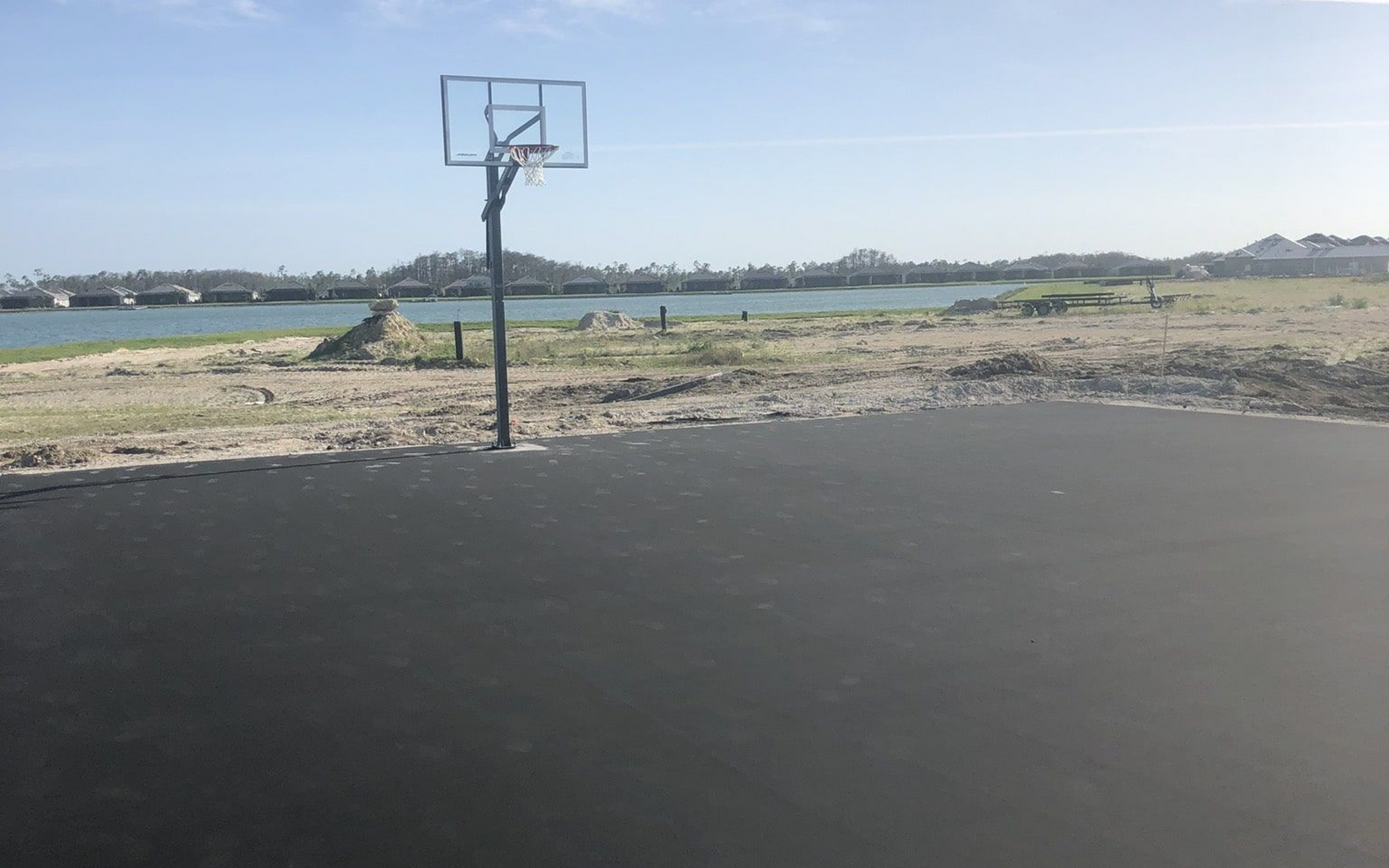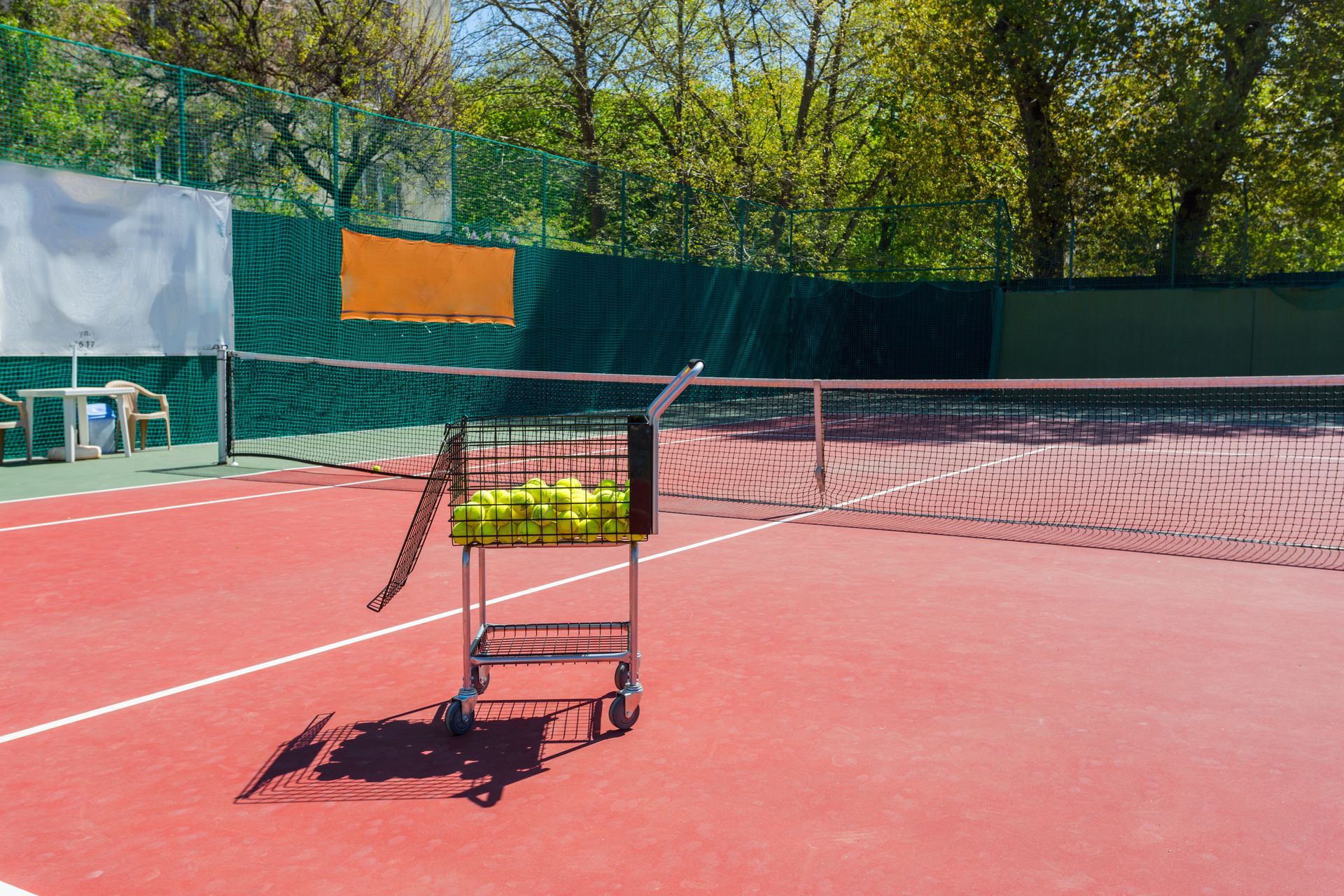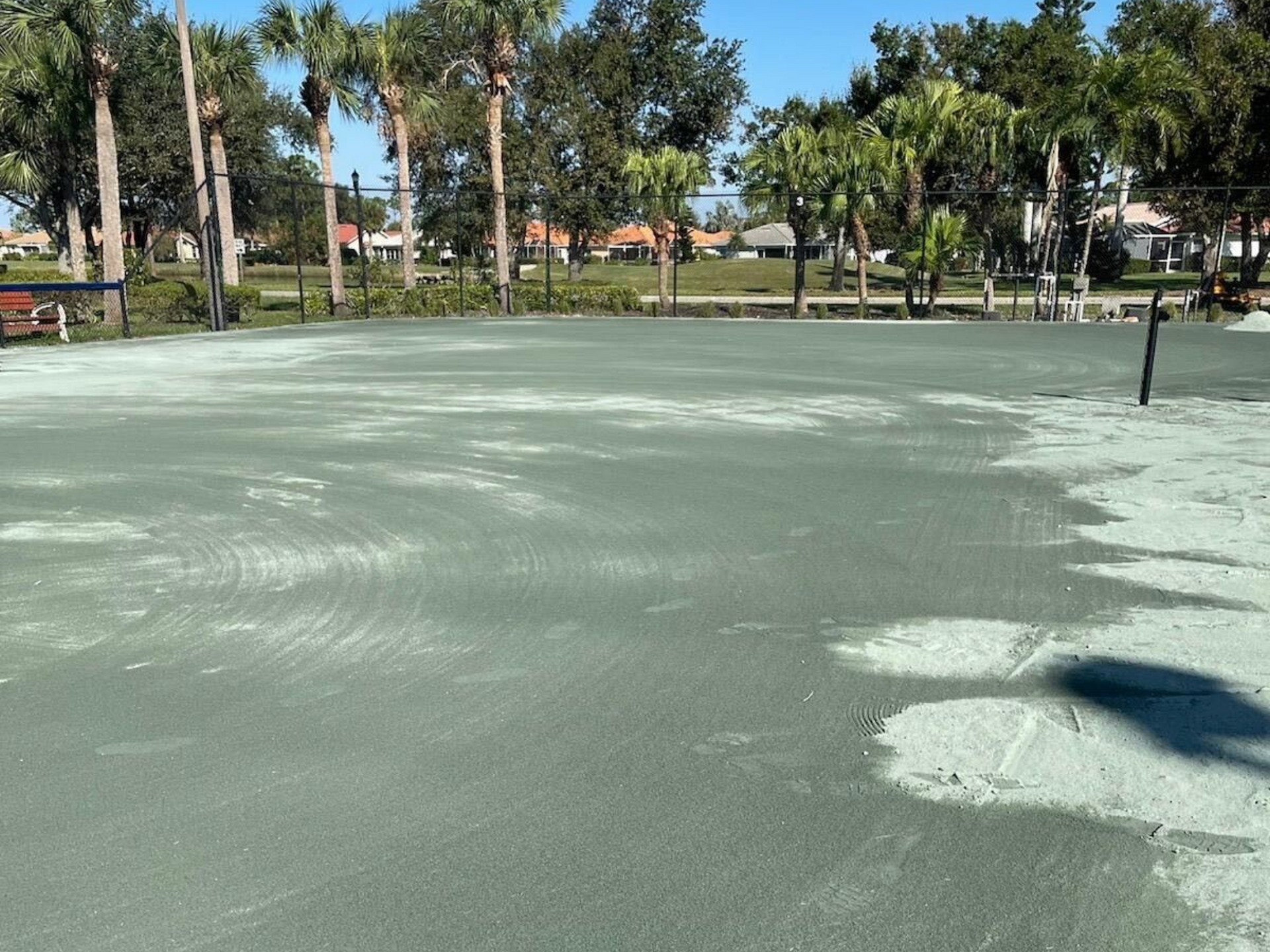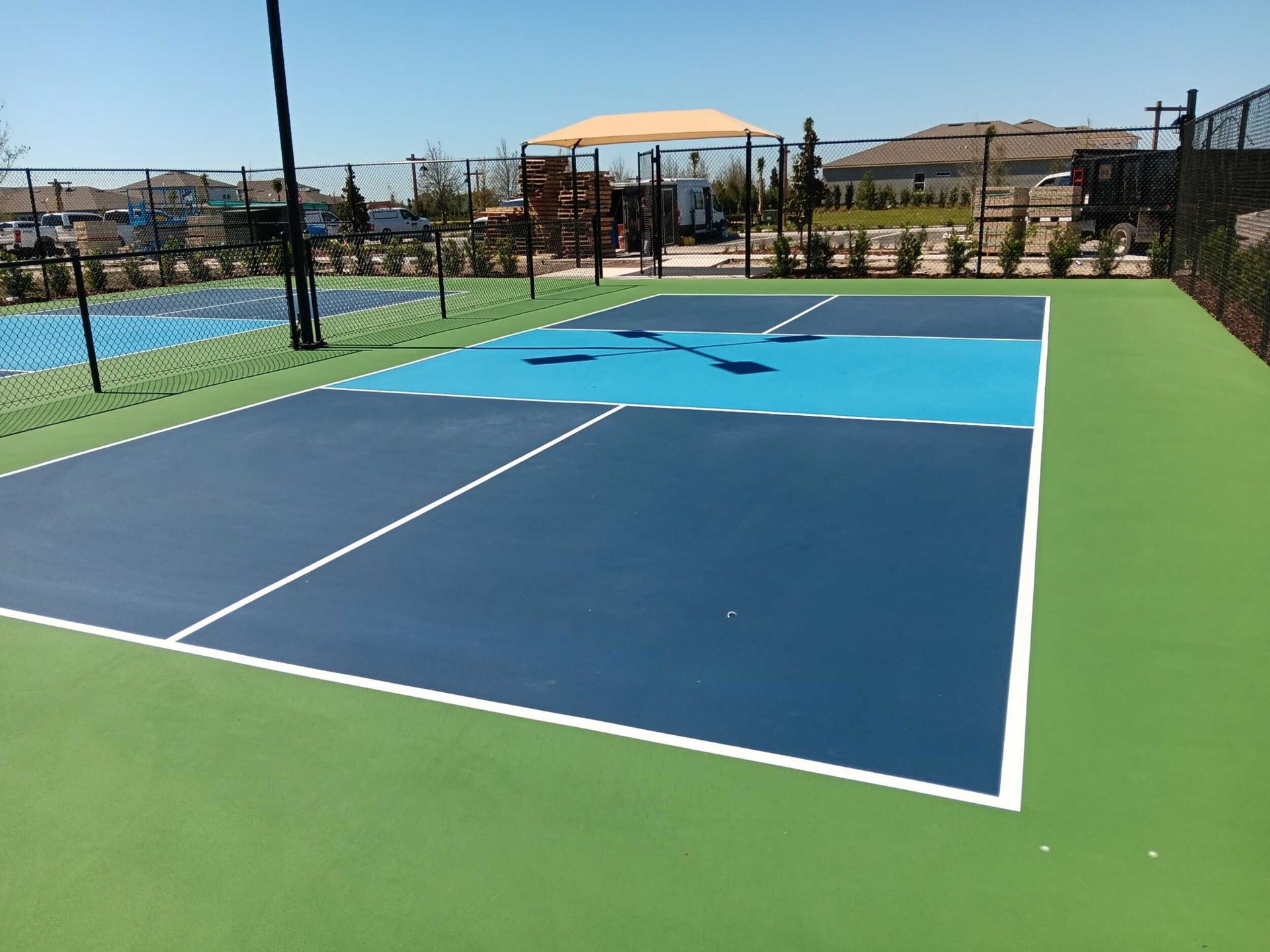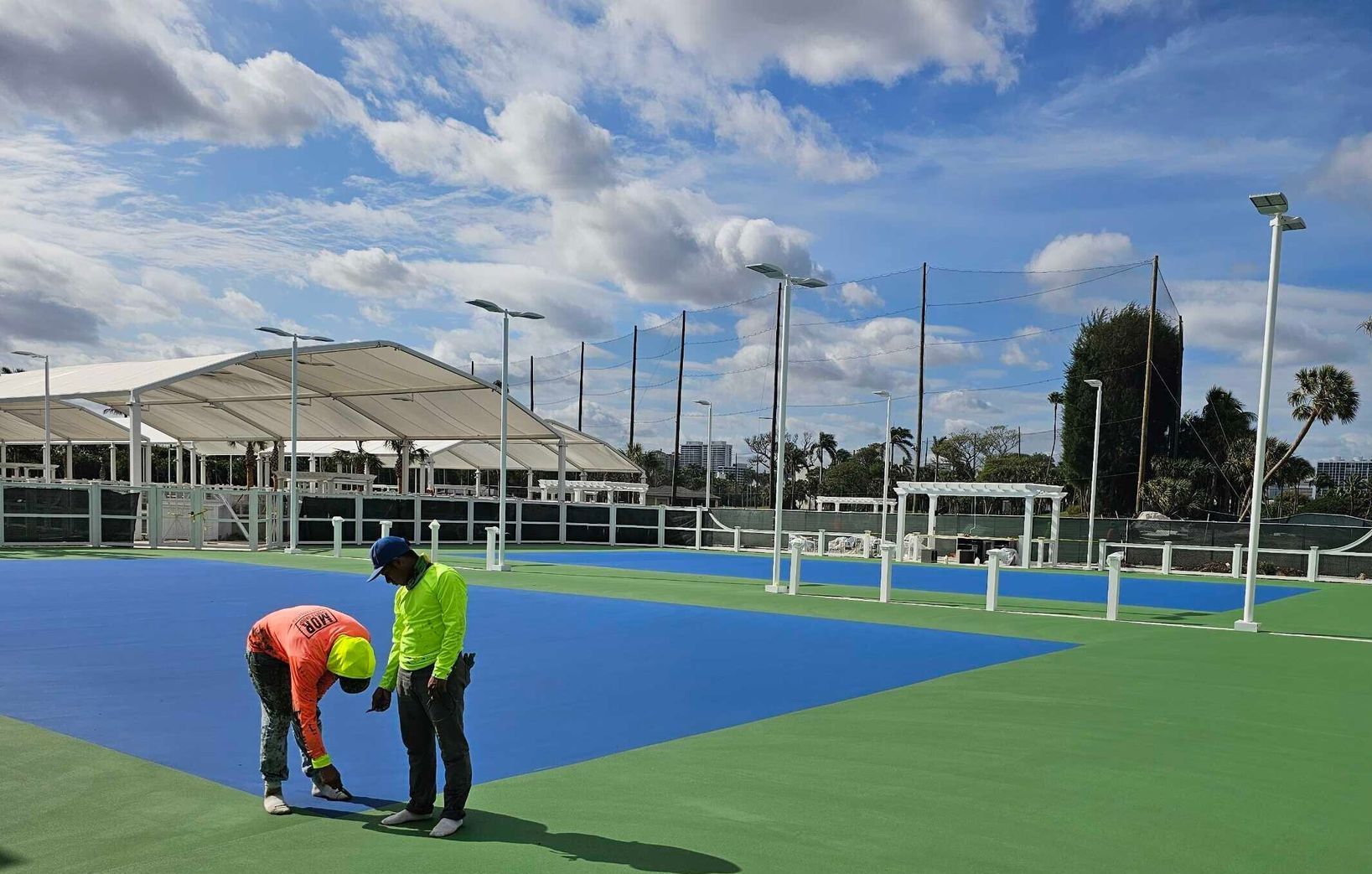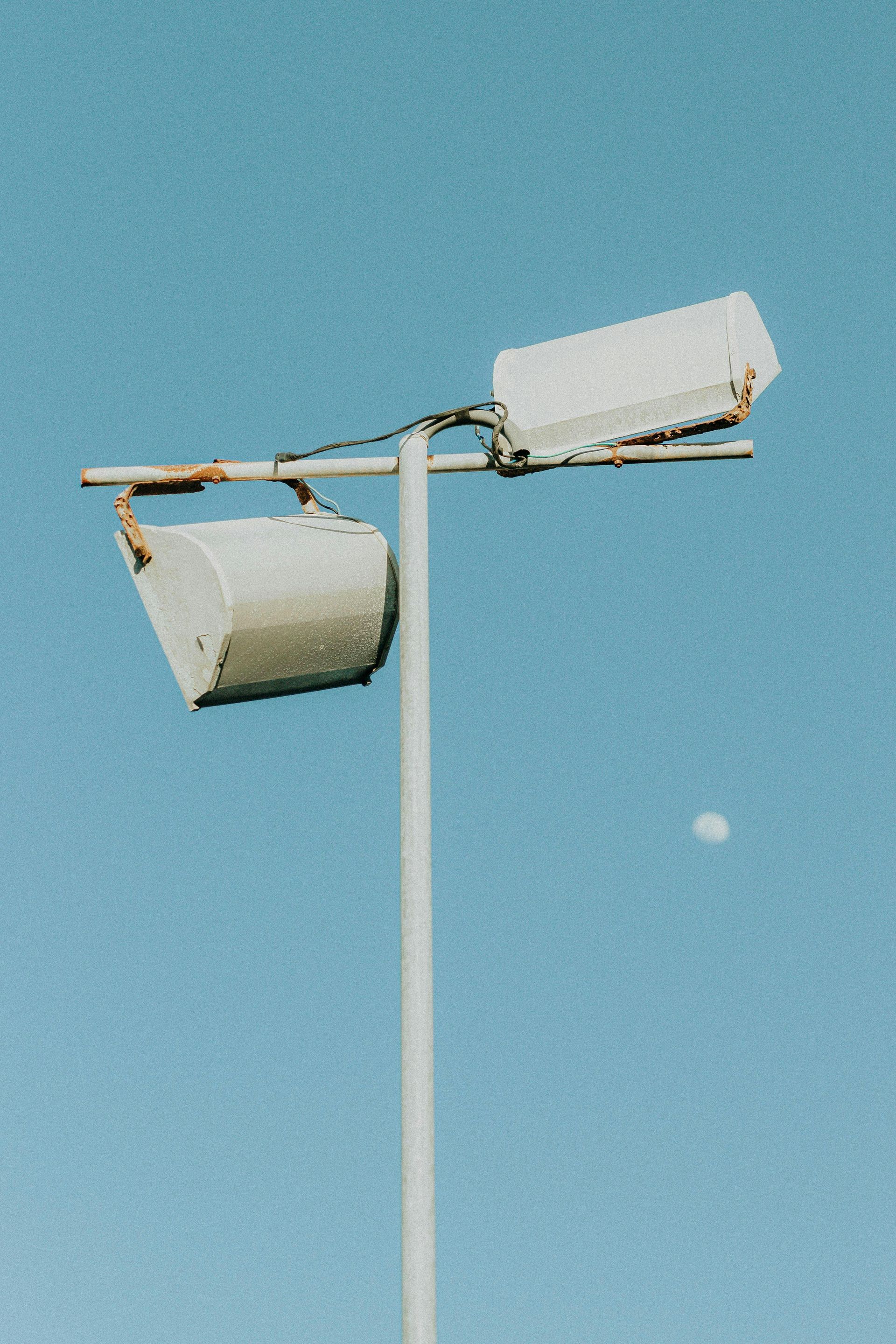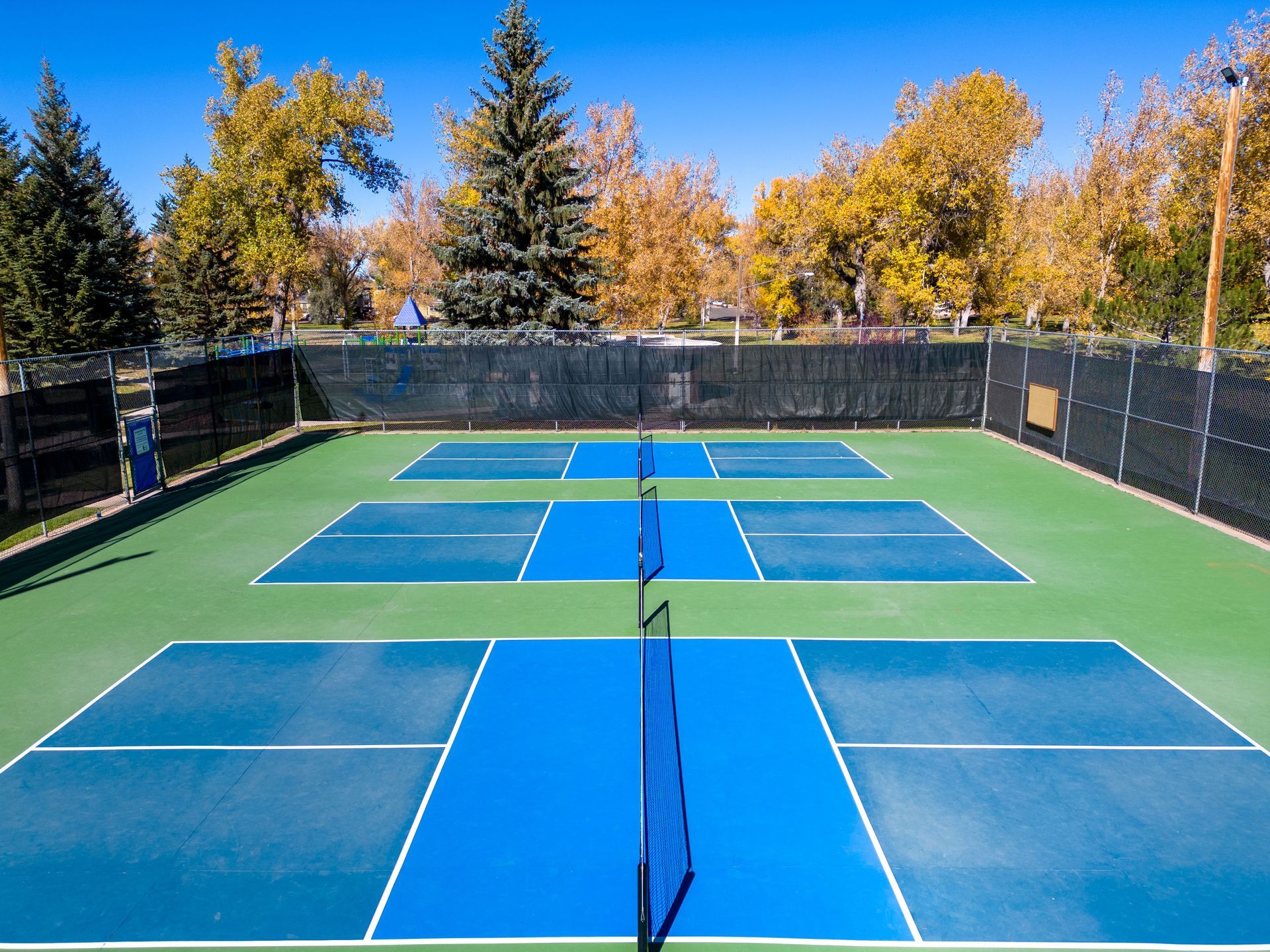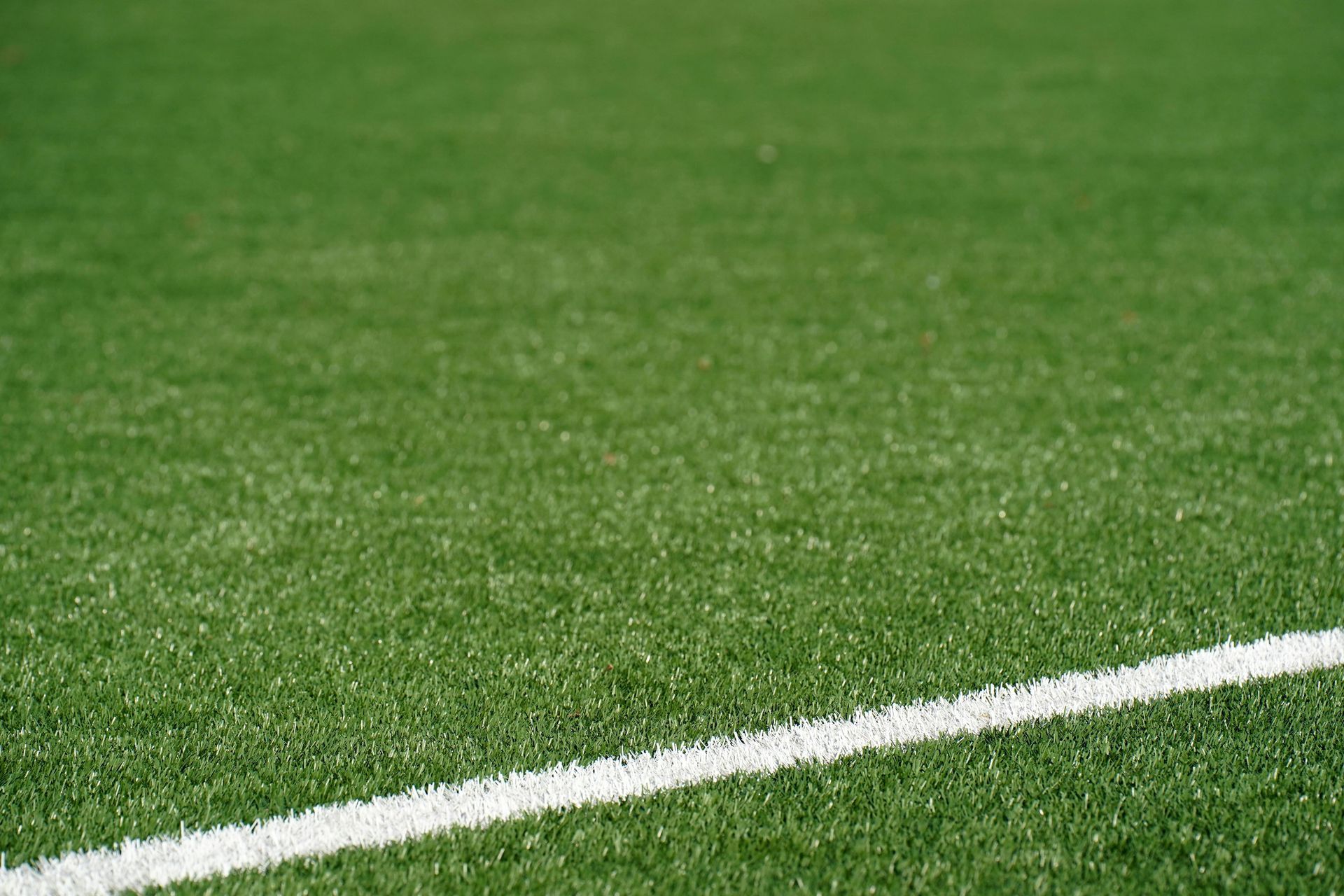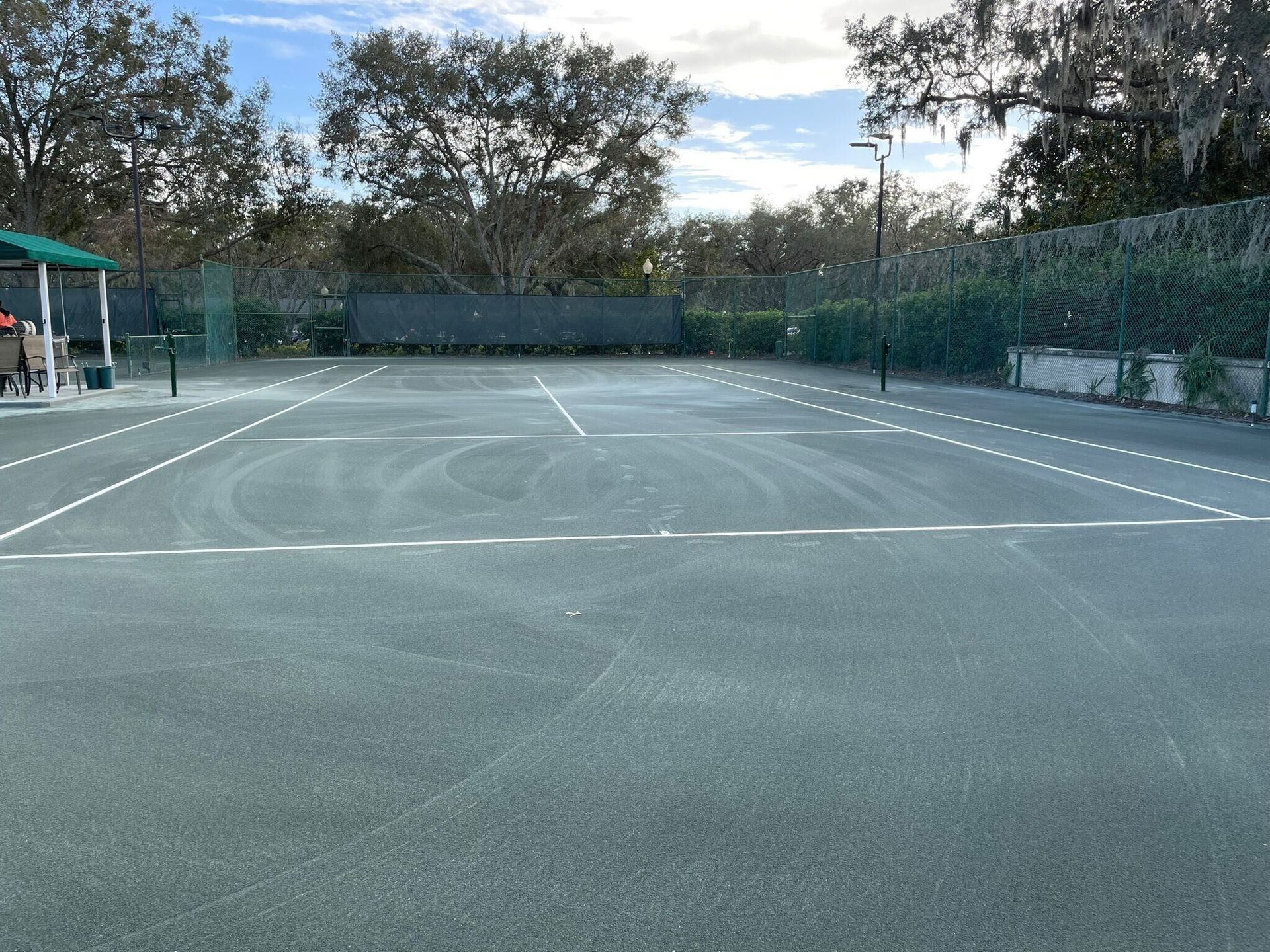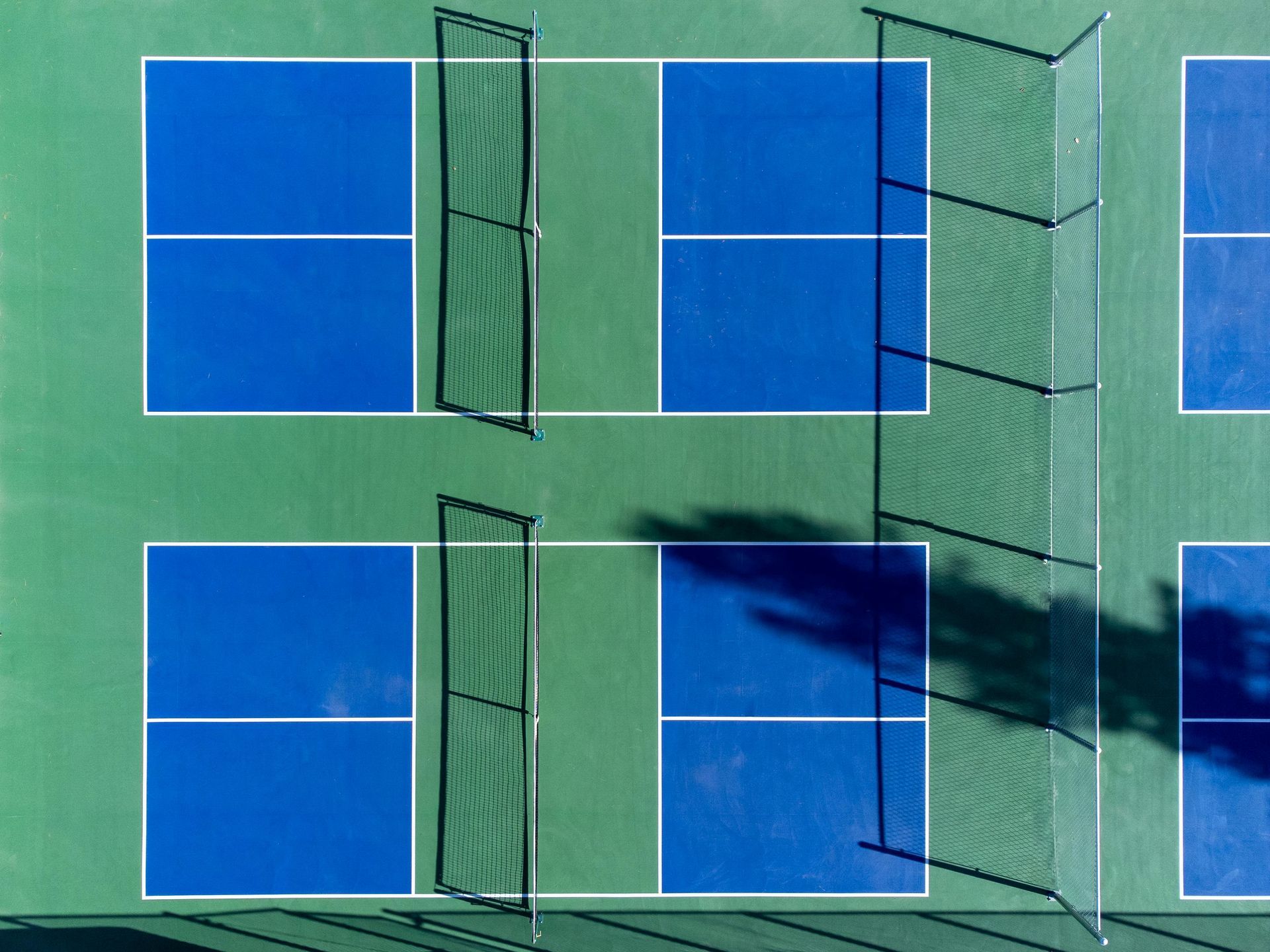How Often Should You Resurface Your Tennis Court?
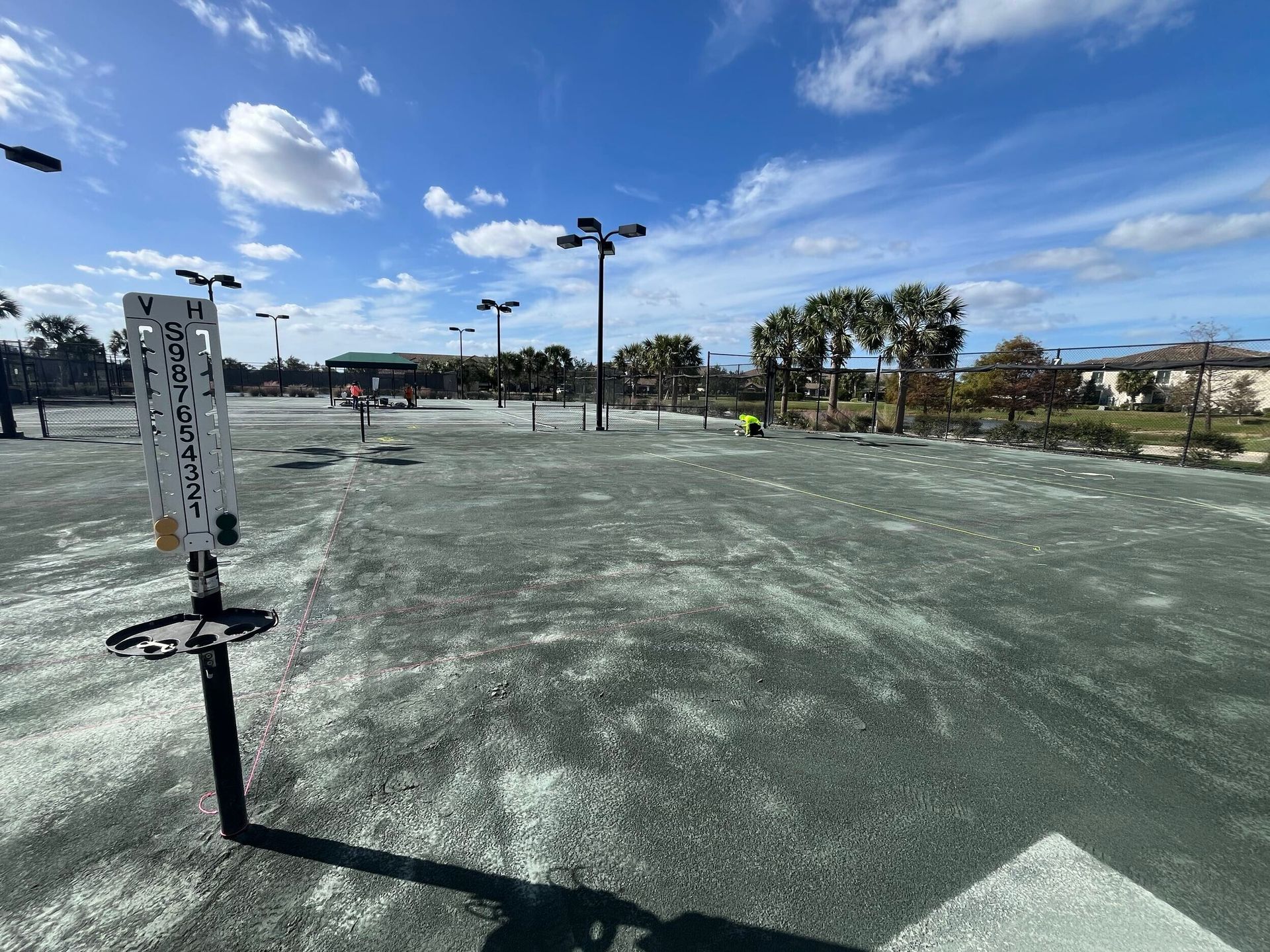
A smooth, safe, and visually appealing tennis court makes a huge difference in your game and your property's value. Resurfacing isn't just about keeping things looking fresh. It's about making sure your court is playable, comfortable underfoot, and free from hazards. Whether you're running a sports facility, managing a club, or maintaining a backyard court, knowing when and how to resurface is key.
Why Tennis Court Resurfacing Matters
Tennis courts take a beating over time. From daily play to changing weather, the surface endures plenty. Resurfacing keeps the court functional and safe while enhancing gameplay. Plus, it extends the life of your court and saves money on major repairs down the line.
A freshly resurfaced court improves traction, bounce consistency, and player comfort. It's also more appealing visually, especially for clubs and communities that host events or tournaments.
How Often Do Tennis Courts Need Resurfacing?
On average, tennis courts should be resurfaced every 4 to 8 years. The wide range exists because no two courts are exactly the same. Usage, location, surface material, and maintenance all play a role.
Here's a general breakdown:
- Clay courts: Every 1–2 years (due to high maintenance needs)
- Hard courts (asphalt or concrete): Every 4–8 years
- Synthetic turf or polymeric: Timing varies but usually within the 5–10 year range, depending on condition
Resurfacing too late can lead to surface damage that is harder and more expensive to repair.
Key Factors That Affect Resurfacing Frequency
Some courts wear faster than others. Knowing what to watch for can help you schedule resurfacing before problems get worse.
Court Surface Type
Each court material has a different wear pattern:
- Clay courts lose material quickly and need frequent attention.
- Asphalt hard courts crack more over time due to weather and use.
- Concrete courts last longer but still require occasional resurfacing.
- Synthetic turf wears from foot traffic and may lose fiber or traction.
- Polymeric surfaces fade in color and lose grip as they age.
Usage Level and Foot Traffic
A court that hosts weekend games for the family won’t need resurfacing as often as one that serves a full-time school or tennis club.
- High-use courts (clubs, schools, parks): Resurface every 4–5 years
- Medium-use courts: Every 6–7 years
- Light-use (private home): Every 7–8 years
Climate and Environmental Impact
Weather plays a big role in how quickly a court wears down:
- Extreme heat or cold can cause expansion and contraction that leads to cracks
- High rainfall or poor drainage causes pooling and mildew
- UV exposure fades surface coatings over time
Maintaining the court with proper cleaning and drainage helps reduce wear.
Court Construction Quality
A court built with proper slope, drainage, and sub-base compaction will last longer. If your court wasn’t installed by a pro, you might face resurfacing needs sooner.
Choose builders that follow American Sports Builders Association (ASBA) standards to ensure long-term quality. You can read more about those standards at sportsbuilders.org.
Signs It’s Time to Resurface Your Tennis Court
Don’t wait for serious damage before taking action. Here are the top signs your court is ready for a resurface:
- Visible cracks or growing hairline fractures
- Water pooling or drainage issues after rain
- Surface discoloration and fading paint
- Uneven bounce or low traction when playing
- Player complaints about slipping or tripping
- Debris like loose gravel or fibers from synthetic turf
- Moss or mildew growth in shaded or damp areas
Even if the court looks okay at a glance, small issues can quickly become big problems if ignored.
Choosing the Best Time of Year for Resurfacing
Timing your resurfacing project matters. Resurfacing is weather-dependent, so mild, dry conditions are ideal.
- Best time: Early spring or early fall
- Avoid: Summer (too much play) and winter (cold temperatures can interfere with materials)
Spring offers a great window to get the work done before peak tennis season, while ensuring the surface cures properly.
Resurfacing vs. Replacing: Which is Right for You?
Resurfacing involves applying new layers of acrylic or turf and fixing minor issues like cracks and low spots. It costs far less than a full replacement.
Replacement is only necessary when:
- The sub-base is damaged or unstable
- Cracks return soon after repairs
- The court is over 20 years old and hasn’t been maintained
For most situations, resurfacing will restore your court to like-new condition and extend its lifespan by several years.
What Materials Are Used to Resurface a Tennis Court?
The most common material for resurfacing hard courts is acrylic resurfacer. This material is:
- Durable and water-resistant
- UV stable to prevent color fading
- Customizable in color and texture
For turf or polymeric surfaces, infill and topcoat layers are used to refresh fibers and restore grip.
Some contractors offer hot-mix asphalt resurfacing, which provides better ball bounce and longer life but costs more and takes longer to cure.
Always work with experienced contractors who use quality materials. A poorly mixed resurfacer or over-diluted solution will result in early failure.
Tips to Extend the Life of Your Tennis Court
You can delay your next resurfacing with some simple habits:
- Keep the court clean: Remove leaves, dirt, and standing water
- Trim surrounding vegetation: Prevents moss and mildew
- Repair small cracks early
- Avoid using harsh chemicals or pressure washing at high settings
- Sealcoat the court as needed to protect it from moisture
Doing monthly walk-throughs and scheduling annual inspections helps catch problems early.
Professional Tennis Court Resurfacing Services
Resurfacing is best left to professionals. They know how to handle repairs, apply materials correctly, and get your court game-ready.
Mor Sports Group is a leading expert in tennis court resurfacing and construction. Their team works with both private and public facilities and offers services like:
- Custom resurfacing plans
- Crack repair and leveling
- Color coating and line painting
- Drainage assessments and fixes
They specialize in high-quality materials and offer service throughout the Southeast. Whether you need a touch-up or a complete court rehab, they’re a solid choice for keeping your court in peak condition.
Conclusion
Resurfacing your tennis court every 4 to 8 years is one of the smartest ways to protect your investment. It keeps the court safe, attractive, and fun to play on. Choose the right season, watch for signs of wear, and rely on certified contractors for long-lasting results. If you’re not sure where to start, reach out to a professional for an on-site evaluation!
